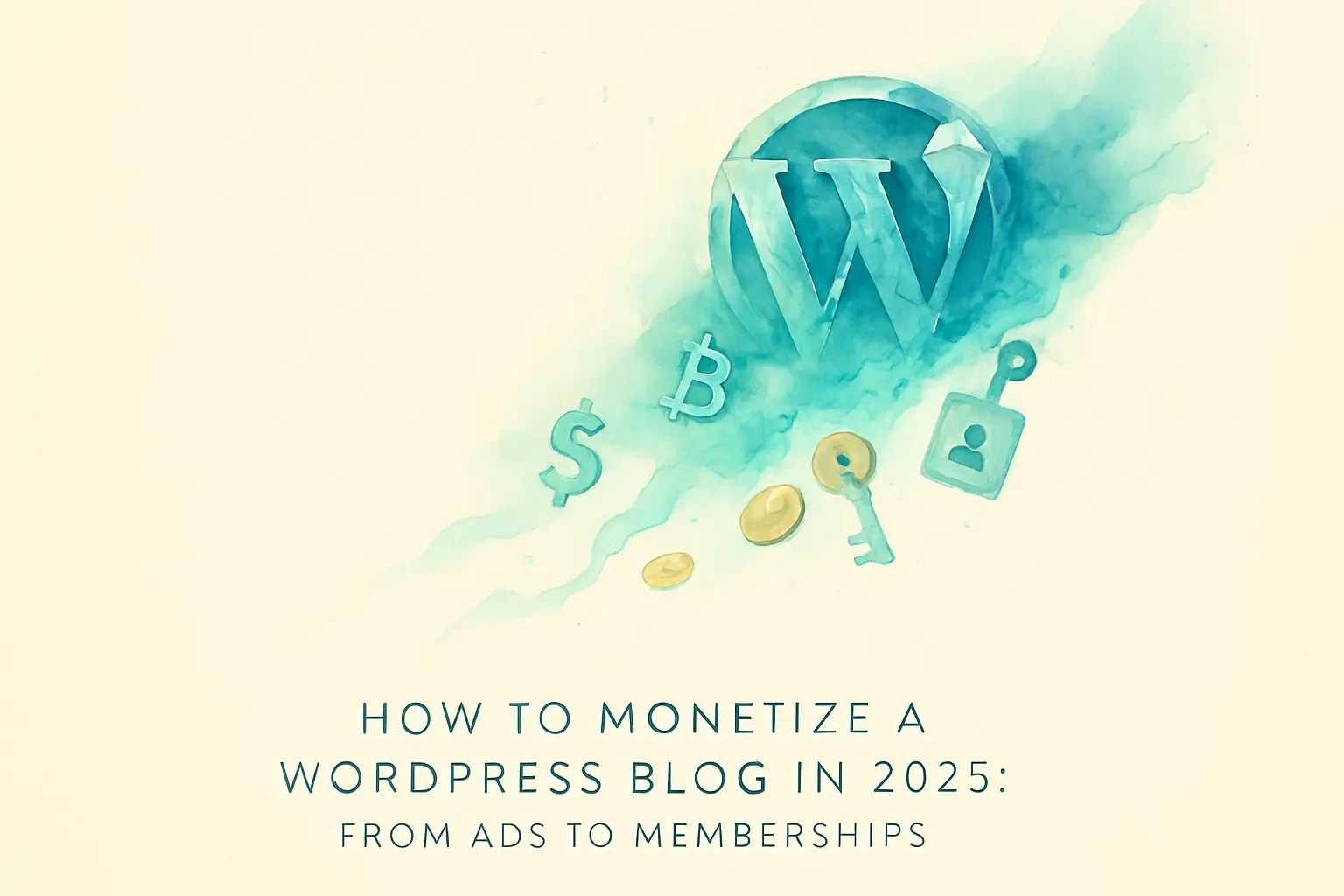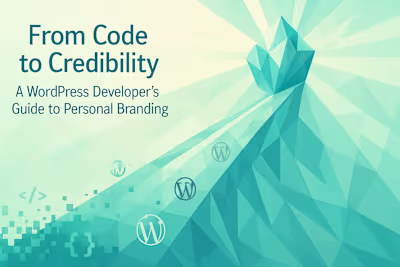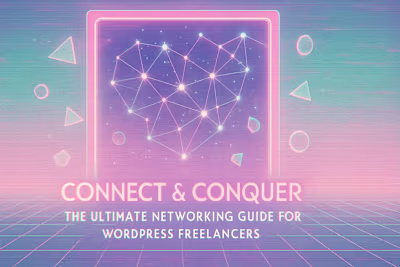How to Monetize a WordPress Blog in 2025: From Ads to Memberships

How to Monetize a WordPress Blog in 2025: From Ads to Memberships
Laying the Groundwork for Monetization
Building a Loyal Audience and Nurturing an Email List
Understanding Your Niche and What They'll Pay For
Essential Legal Pages and Disclosures
The Most Popular Monetization Models
Display Advertising: Ad Networks and Direct Deals
Affiliate Marketing: A Comprehensive Guide
Selling Your Own Digital Products (E-books, Courses)
Offering Services: Coaching, Consulting, and Freelancing
Advanced Monetization: Memberships and Subscriptions
Choosing the Right Membership Plugin
Creating Valuable, Exclusive Content for Members
Building a Community to Reduce Churn
Optimizing Your Monetization Strategy
A/B Testing Ad Placements and Affiliate Offers
Creating a Sales Funnel for Your Products and Services
Using Analytics to Understand What Drives Revenue
Conclusion
References
How to Monetize a WordPress Blog in 2025: From Ads to Memberships
Laying the Groundwork for Monetization
Building a Loyal Audience and Nurturing an Email List
Understanding Your Niche and What They'll Pay For
Essential Legal Pages and Disclosures
The Most Popular Monetization Models
Display Advertising: Ad Networks and Direct Deals
Affiliate Marketing: A Comprehensive Guide
Selling Your Own Digital Products (E-books, Courses)
Offering Services: Coaching, Consulting, and Freelancing
Advanced Monetization: Memberships and Subscriptions
Choosing the Right Membership Plugin
Creating Valuable, Exclusive Content for Members
Building a Community to Reduce Churn
Optimizing Your Monetization Strategy
A/B Testing Ad Placements and Affiliate Offers
Creating a Sales Funnel for Your Products and Services
Using Analytics to Understand What Drives Revenue
Conclusion
References
Posted Jul 6, 2025
Explore proven strategies to monetize your WordPress blog. Learn about display ads, affiliate marketing, selling digital products, creating memberships, and more.









